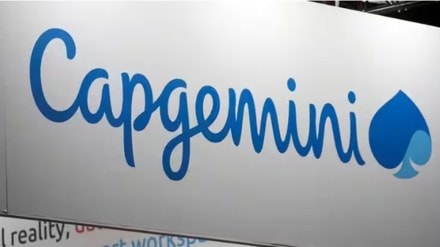In a move that could boost its semiconductor capabilities, Capgemini acquired HDL Design House, a leading independent provider of silicon design and verification services in Europe.
As part of the acquisition, the French IT giant that competes with TCS and Infosys will acquire 300 highly skilled engineers experienced in delivering advanced custom chip designs for multiple industries. The company has about 1,80,000 employees in India, out of its nearly 3,60,000 employees globally.
Founded in 2001 and headquartered in Belgrade, Serbia, HDL Design House’s clients are highly complementary to Capgemini’s and include major players in the semiconductor industry as well as leading Original Equipment Manufacturers (OEMs), who are harnessing the full potential of chips to create intelligent and connected products, said the company in a statement.
The company added that the transaction was closed on September 27. This acquisition will allow Capgemini to significantly reinforce its semiconductor presence in Europe, a key destination for this strategic industry.
William Roze, CEO, Capgemini Engineering and group executive board member, said: “As part of our intelligent industry work for clients, Capgemini is designing, developing and delivering tomorrow’s products and services that are both smart and connected. With digital now inside everything, semiconductors are at the heart of companies’ business transformations.”
He added that HDL Design House is a leader in silicon innovation and the acquisition will strengthen the company’s team and presence in Eastern Europe to further meet global demand for the latest generation of high-performance and intelligent products.
Predrag Markovic, president and CEO, HDL Design House, said: “After 22 years of building and developing world-class expertise for each and every step of systems on a chip implementation, and continuously increasing our capabilities in chip design services, joining Capgemini is a natural next step for us as we will become part of an important global and multidisciplinary organization.”
